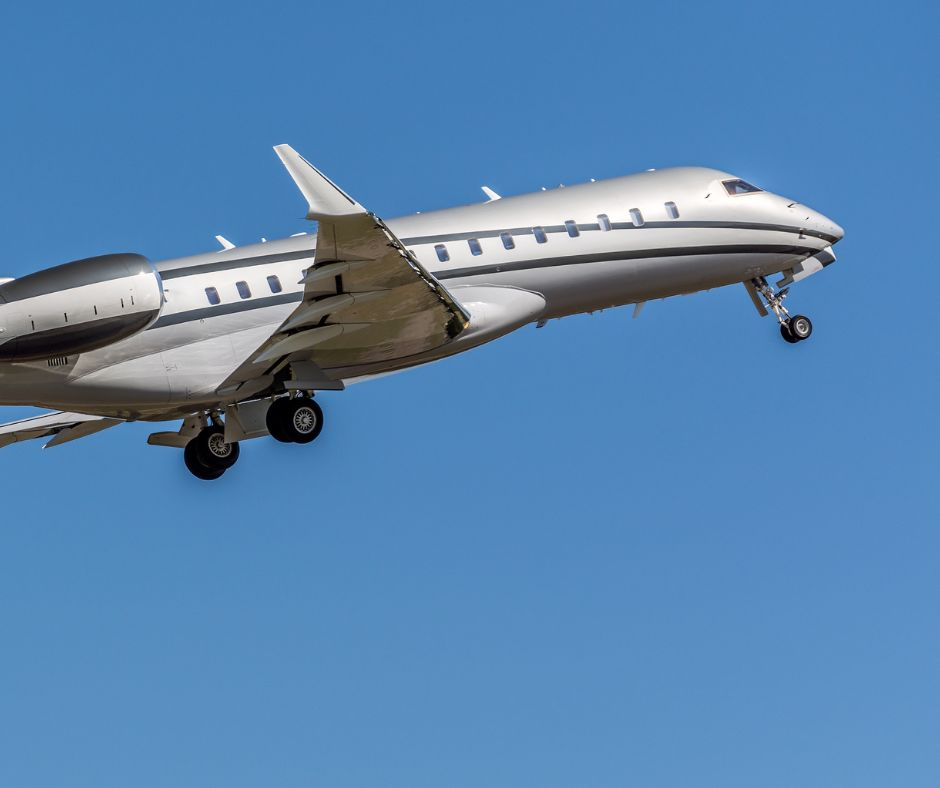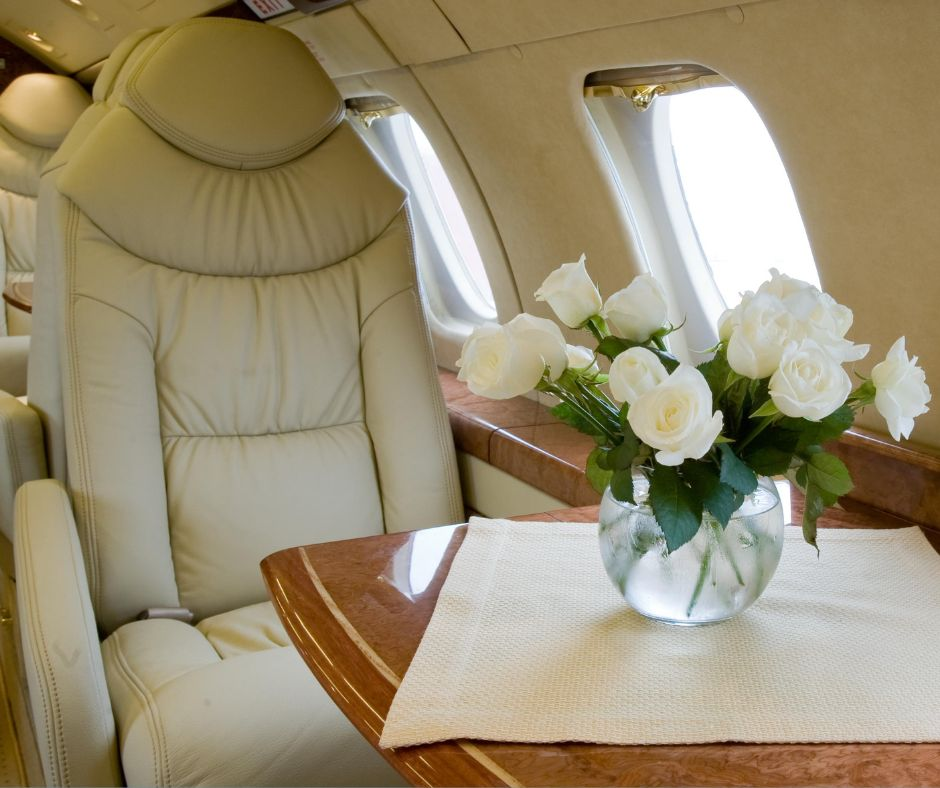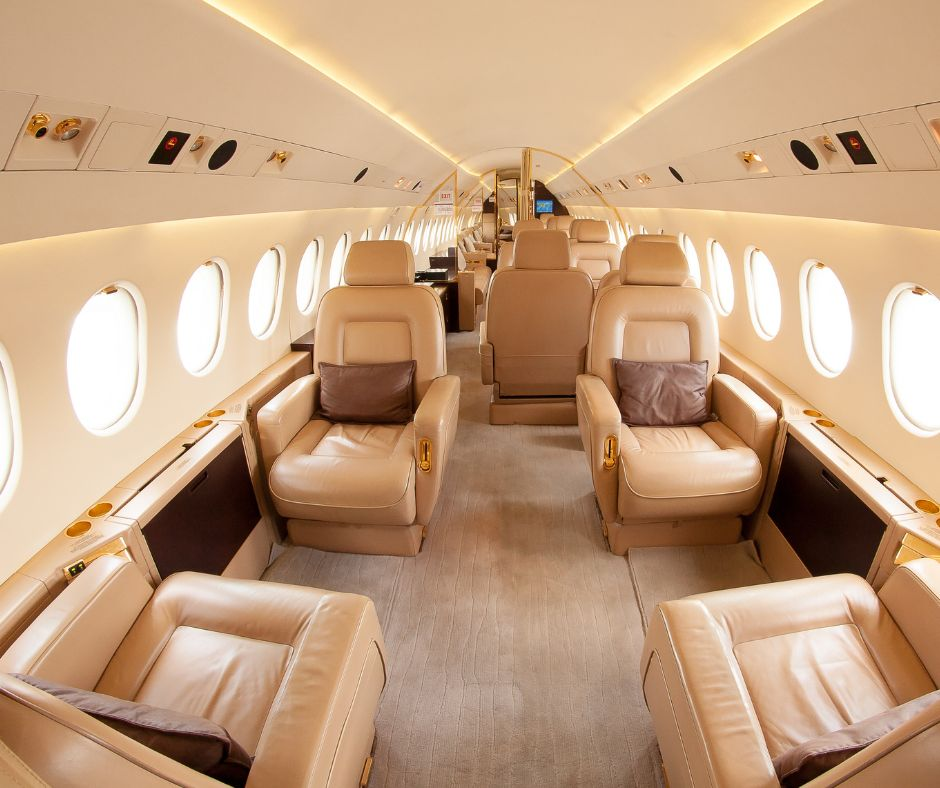The Bombardier CL-300 combines cutting-edge technology with robust design to prioritize passenger safety. Its advanced avionics suite enhances situational awareness in all conditions. Redundant systems ensure reliability even if a component fails. Built-in collision avoidance and terrain alert features reduce in-flight risks. This jet’s safety-first approach gives operators confidence on every mission.
Advanced Avionics Suite
The Bombardier CL-300’s avionics suite integrates advanced systems for enhanced safety. Pilots gain superior situational awareness in all weather conditions.
Honeywell Primus 2000 Flight Deck
The Honeywell Primus 2000 flight deck offers a fully integrated digital cockpit. It displays primary flight, engine, and navigation data on large LCD screens that are easy to read in sunlight. Pilots benefit from intuitive controls and quick access to critical information, reducing workload.
Built-in checklists and system synoptics guide pilots through normal and abnormal procedures. This modern interface streamlines decision-making during high-stress situations and improves overall flight safety.
Dual Flight Management Systems
The CL-300 features dual flight management systems (FMS) that operate in parallel for redundancy. Each FMS calculates optimal flight paths using real-time performance data, satellite navigation, and weather inputs.
If one FMS fails, the second automatically assumes full navigation responsibilities without pilot intervention. This seamless handoff ensures continuous guidance and prevents navigational errors. Pilots can cross-check both systems to verify accuracy, maintaining high confidence in position and route planning.
Full Authority Digital Engine Control (FADEC)
FADEC continuously monitors engine parameters and adjusts fuel flow for optimal performance. By automating throttle, mixture, and propeller settings, FADEC reduces pilot workload during critical phases of flight.
It also protects engines against exceedances by automatically limiting operations outside safe parameters. If a sensor detects anomalies, FADEC alerts pilots and reverts the engine to a safe state. This intelligent system enhances reliability, reduces maintenance costs, and maximizes engine lifespan.
Collision Avoidance Technologies
Collision avoidance systems actively scan the surrounding airspace to prevent mid-air conflicts. These technologies alert pilots to potential threats and suggest resolution maneuvers.
Traffic Collision Avoidance System (TCAS II)
TCAS II uses transponder signals from nearby aircraft to calculate collision risk. It provides pilots with traffic advisories (TA) when other aircraft enter a predetermined range. If risk increases, TCAS II issues resolution advisories (RA), recommending vertical maneuvers to avoid a mid-air conflict.
The system refreshes advisories every few seconds to reflect changing aircraft positions. Integration with cockpit displays lets pilots visualize surrounding traffic and make informed decisions quickly.
Enhanced Vision System (EVS)
EVS employs infrared cameras to provide a clear view of terrain and obstacles in low-visibility conditions. Images overlay on cockpit displays, allowing pilots to “see” through darkness, fog, or precipitation. This technology improves situational awareness during approaches and landings at poorly lit airports. By detecting runway edges, taxiways, and potential hazards before they become visible to the naked eye, EVS reduces the risk of runway excursions. Pilots can fly with greater confidence when visual references are otherwise limited.
Automatic Dependent Surveillance–Broadcast (ADS-B)
ADS-B transmits the CL-300’s GPS-derived position to air traffic control and other equipped aircraft in real time. Nearby ADS-B-In receivers display traffic and weather data directly in the cockpit. This continuous data flow enhances collision avoidance by providing 360-degree coverage, even in remote areas lacking radar.
ADS-B supports more precise traffic sequencing and reduces separation minima, increasing airspace capacity. Pilots receive alerts when other ADS-B-equipped aircraft enter conflict zones, allowing timely evasive action.
Terrain and Weather Awareness
Terrain and weather awareness systems alert pilots to hazardous terrain and adverse weather. These features help avoid controlled flight into terrain and unexpected storms.
Terrain Awareness and Warning System (TAWS)
TAWS combines GPS position data with a detailed terrain database to project the aircraft’s flight path onto known obstacles. If the projected path intersects terrain, TAWS issues visual and aural warnings like “Terrain, pull up!” or “Caution, rising terrain.” Pilots see topographical maps on cockpit displays, color-coded by altitude above ground. In mountainous or unfamiliar regions, TAWS reduces the risk of inadvertently flying into rising terrain. The system’s predictive algorithms adapt to speed and descent rates, giving pilots ample reaction time.
Advanced Weather Radar
The CL-300’s weather radar emits pulses that detect precipitation intensity, turbulence, and storm cell structures ahead. Color-coded returns, green for light rain, yellow for moderate storms, red for severe weather, help pilots choose safe routes around convective activity.
Tilt, gain, and sea clutter suppression controls allow fine-tuning for different altitudes and conditions. The radar’s ground-mapping mode provides additional situational context during low-level flight. By accurately identifying hazardous weather, pilots can avoid turbulence, hail, and lightning threats.
Synthetic Vision Guidance System (SVGS)
SVGS uses a terrain database and GPS data to generate a computer-rendered, three-dimensional view of the world outside the cockpit. It replicates runways, obstacles, and surrounding terrain even in zero-visibility conditions.
Flight symbology overlays, such as flight path markers and runway outlines, guide pilots through approaches and departures. This realistic visualization reduces spatial disorientation and enhances safety during night or instrument meteorological conditions. SVGS effectively extends visual reference capability beyond actual sightlines.

Redundancy and Backup Systems
Redundant systems ensure critical functions remain operational if one component fails. Backup features in the CL-300 cover hydraulics, electrics, and emergency equipment.
Dual Hydraulic and Electrical Systems
The CL-300 employs two independent hydraulic circuits that power flight controls and landing gear. If one circuit loses pressure, the second seamlessly assumes full load. Dual electrical buses distribute power from two engine-driven generators and an auxiliary power unit (APU).
A standby battery provides emergency power for essential instruments if both generators fail. These redundancies prevent single points of failure during critical phases like takeoff and landing.
Backup Instruments and Batteries
In addition to digital displays, the CL-300 features analog backup gauges for attitude, airspeed, and altitude. An independent standby attitude indicator and magnetic compass provide basic flight data if primary avionics go offline.
A dedicated emergency battery powers these backup instruments for at least 30 minutes. Pilots can maintain control and navigate to a safe landing under partial power loss. This multi-layered approach ensures continued situational awareness during electrical failures.
Fire Suppression and Smoke Detection
Engine and APU compartments include automatic fire detection sensors that trigger visual and aural warnings. If a fire is confirmed, built-in fire extinguishers discharge Halon gas into the affected compartment.
Cabin smoke detectors monitor the passenger area, alerting the crew to potential electrical or cargo fires. Overhead and sidewall vents direct smoke away from passenger seating. Crew training emphasizes immediate fire isolation procedures, minimizing risk, and ensuring passenger safety.
Structural and Design Safety Features
The CL-300’s airframe incorporates materials and design elements that enhance crashworthiness and emergency egress. Every detail supports passenger protection.
Robust Pressurization and Decompression Protection
The fuselage uses lightweight aluminum-lithium alloys with reinforced frames to withstand pressurization cycles. Cabin pressurization is maintained at a comfortable 8,000 ft equivalent altitude even when cruising at 45,000 ft. Rapid decompression panels vent pressure quickly and prevent structural damage in case of a breach.
Oxygen masks automatically deploy within seconds if the cabin altitude exceeds safe limits. These features protect passengers and maintain structural integrity in unexpected scenarios.
Fire-Resistant Materials in Cabin Construction
Interior panels, carpeting, and upholstery materials meet stringent FAA fire-resistance standards. Bulkheads separating the cabin from the galley and lavatory use fireproof insulation to slow heat transfer.
Wiring harnesses employ Teflon insulation, which resists high temperatures and prevents electrical fires from spreading. Emergency lighting strips along the floor guide passengers to exits during smoke or power failure. These design choices minimize fire risks and help ensure safe evacuation.

Emergency Egress and Lighting Systems
Exit doors and windows feature easy-to-operate handles with glow-in-the-dark markings. In an evacuation, red-flashing emergency lights illuminate escape paths, even if cabin power fails. Floor-level lighting strips remain visible under dense smoke conditions.
Each seat row includes quick-release safety belts for rapid passenger exit. Flight attendants train regularly in simulated evacuations to ensure orderly, efficient egress. This comprehensive system meets regulatory requirements and enhances survivability in emergencies.
Pilot Training and Support Programs
Thorough pilot training and ongoing support reinforce the CL-300’s safety advantages. Operators benefit from expert guidance throughout the aircraft’s lifecycle.
Challenger 300 Type-Rating Requirements
Pilots must complete a specific Challenger 300 type-rating program before operating the CL-300. This training covers aircraft systems, emergency procedures, and performance characteristics unique to the jet. Students undergo ground school, simulator sessions, and supervised line flights.
By focusing on jet-specific handling and safety protocols, type-rating ensures pilots can manage normal and abnormal operations confidently. Only after demonstrating proficiency in all areas do they receive certification.
Simulator Training for Emergency Scenarios
High-fidelity full-flight simulators replicate rare but critical emergencies like engine failures, rapid depressurization, and hydraulic system malfunctions. Pilots practice handling these situations under instructor supervision until they can respond instinctively. Simulators also mimic adverse weather, bird strikes, and other real-world threats.
Regular recurrent checks in simulators keep skills sharp and reinforce correct decision-making under pressure. This rigorous training reduces reaction time and enhances overall flight safety.
Manufacturer Support and Updates
Bombardier provides continuous technical bulletins, software upgrades, and service advisories to keep CL-300s in top condition. Operators receive regular notifications about new safety features or modifications that improve performance.
Bombardier’s global support network ensures parts availability and technical assistance in any region. Periodic customer workshops teach best practices for system operation and maintenance. This collaboration between the manufacturer and the operator closes knowledge gaps and maintains high safety standards.
Safe Skies Ahead: CL-300’s Unmatched Protection
The Bombardier CL-300’s safety suite, from advanced avionics to robust structural design, sets it apart in the super-midsize jet category. Redundant systems and rigorous training programs further minimize risks in every phase of flight. By integrating collision avoidance, terrain awareness, and real-time monitoring, the CL-300 keeps passengers and crew secure under diverse conditions.
Houston Jet Direct’s experienced flight crews and maintenance teams ensure these systems perform flawlessly on each charter. Contact us to experience premier safety and luxury aboard the Bombardier CL-300. Book our business jet charter flight today!



